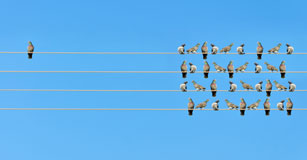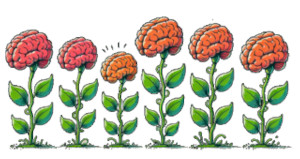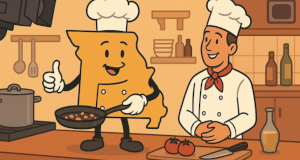Fostering Gratitude
6 creative ways to get students to show and practice gratefulness
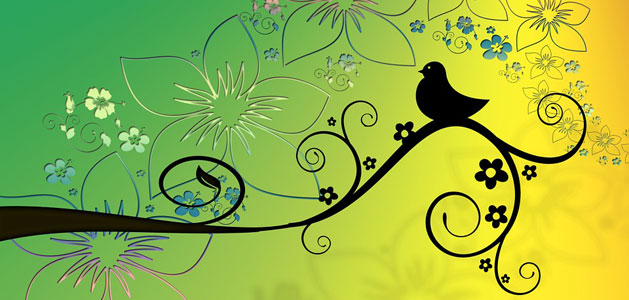
Gratitude is the appreciation for things we have been given. These can be material goods as well as less tangible things such as experiences or emotional support.
Research has shown that people who practice gratitude tend to be happier and less depressed. Although research hasn't yet explained the underlying mechanics, we know that gratitude actually changes our brains and helps protect us from future unhappiness (Wong et al., 2018). Most experts believe that practicing gratitude helps us see goodness in our lives and that much of this goodness comes from outside ourselves, helping us connect more closely to nature and other people.
Gratitude has even been shown to help us live longer and improve our health. People who practice gratitude are more likely to be happy (psychological wellness), take part in healthy physical activities, and seek out help for health concerns (Hill et al., 2013).
While feelings of happiness are mostly governed by our genes (50%), the next biggest impact (40%) on our happiness is the actions we choose to take, so practicing gratitude can have a big effect on our happiness (Lyumbormirsky, S. 2007).
Here are 6 ideas to get you started practicing gratitude with students in the classroom.
1. Send a thank you card
We all love to be thanked because it lets us know that someone else has acknowledged our behaviors and actions. Sending a thank you card lets you show your gratitude and complete the “cycle of kindness.”
While many kids see writing thank you notes after a birthday party as a chore, you don't have to spend hours writing them. According to Margaret Shepherd, author of The Art of the Handwritten Note, your thank you card should actually be succinct! She also suggests aiming to “recapture the smile, handshake or hug you would give the giver in person.”
One way to do this is not only include a specific reference to the action, support, event, relationship, or gift you are grateful for, but to also describe how it made you feel, how you will use it in the future, or another detail that shows it is appreciated.
If you are working with emerging readers and writers, simply take their photo and ask them to record their thanks.
2. Design a Thanksgiving card
With growing diversity in many communities, many people are sending cards to family and friends at Thanksgiving instead of Christmas. Many businesses also take this opportunity to express gratitude to their customers.
While most Thanksgiving card designs are thematic, based on details surrounding the holiday such as fall leaves, or thanksgiving banquets, asking your students to design a card can get them think about images, text, and sentiments that demonstrate gratitude.

Asking students to design a card gives them an opportunity to practice gratitude and empathy as they consider questions like:
- What does gratitude look like and sound like?
- What types of things am I grateful for?
- How can my design help recipients understand and feel my gratitude?
3. Write a descriptive or small-moment story
A common practice for building gratitude is to take a savoring walk. In this activity, you take a walk and notice things that make your feel positive, such as a warm breeze, birds singing, or children laughing.
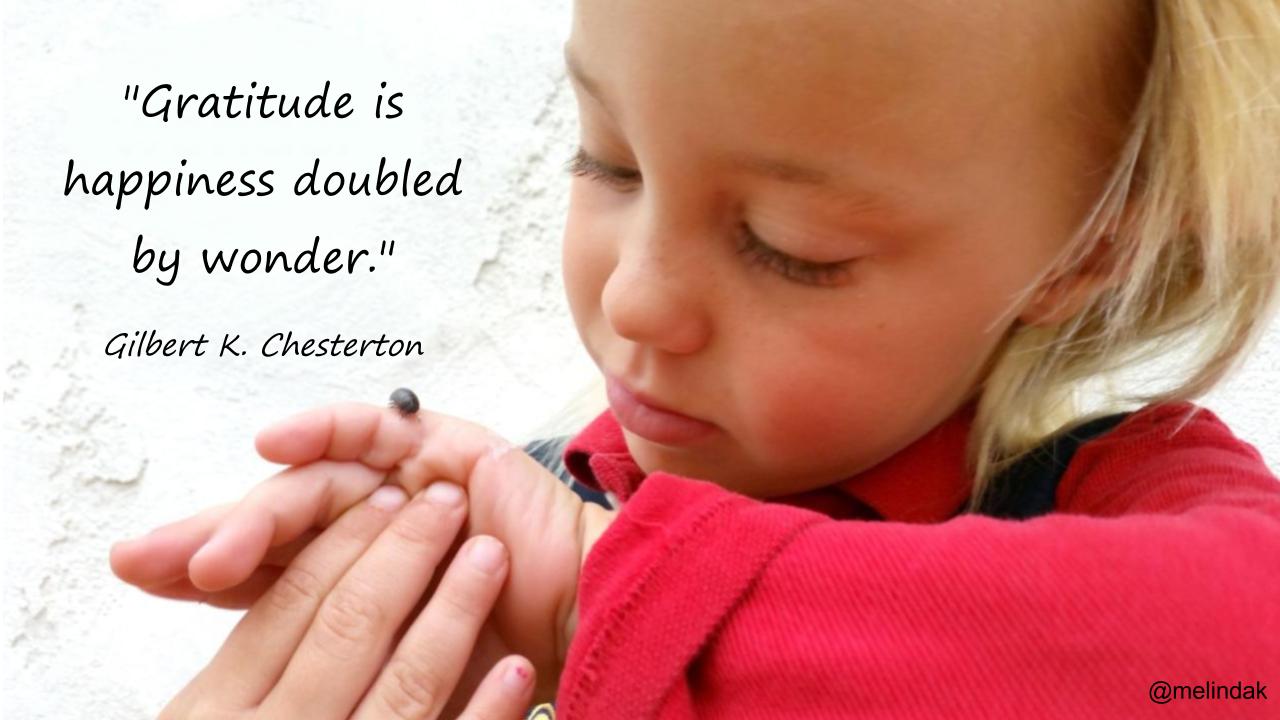
You can achieve a similar goal without going out in the cold or leaving your classroom with a writing activity such as a small-moment story or a description of a special place.
As students work to use details to bring the reader into the excitement of an event or share what makes them feel a certain way, they begin to identify many things to be grateful for. You can further support this process with a 5 W or 5 senses graphic organizer.
4. Keep a gratitude journal
We don't exactly know why gratitude makes us happier, but research experts suggest that a focus on positive things keeps our mind off of negative thoughts and emotions like envy. This is why the most common ways experts suggest for fostering gratitude is to keep a gratitude journal.
After students have written a small-moment story and have learned how to identify all of the little things that make an event, place, or person special, help them make this a daily habit by keeping a gratitude journal.
Like goal setting, much of the benefit is in simply writing it down, so if you feel like getting students to write an entire gratitude reflection each day may take too much time or be too difficult, identifying one thing in a short list can help too.
5. Create compliment cards
A few years ago my first grader surprised me by making inspirational cards for each of her birthday gift bags. At the time she drew multiple copies of each card, but has since created digital versions she can keep printing to share when her friends who need a boost.
Combine this idea with that of a “random act of kindness” by having your students create a set of positive comments or compliments they can share with a school mate they don’t know or leave somewhere for another student to discover.
With a tool like Wixie, you can quickly have each student design one card, combine them into one project, and print (and reprint) as trading cards for easy distribution around Thanksgiving and all year long.
6. Connect with a friend
To help students understand that connections with people are more valuable than things, have them write a letter to someone they haven’t talked to or seen in a long time. Maybe this is an older neighbor, or a friend from preschool, or even a far away relative. Write a letter to someone who is shut-in or someone you haven’t connected with in a long time.
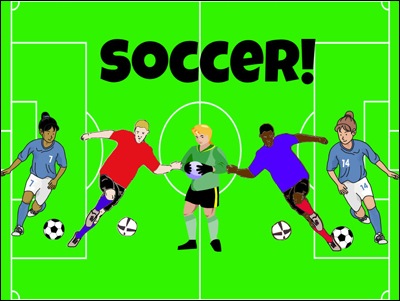
Students can also write a letter or create something beautiful for someone who is shut-in or someone they haven't connected with in a long time. For example, students can create a small craft item, draw a picture, or design small posters for a school locker or a binder insert. Create a project with information about their favorite sports team or player.
Thank you for reading
As you work to express gratitude, remember that practice makes perfect. Making gratitude a habit, not just a one-time activity, will improve your personal health and happiness and create a stronger classroom community.
References
Allen, S. (2018) The Science of Gratitude. Greater Good Science Center at UC Berkeley. Retrieved from:
https://ggsc.berkeley.edu/images/uploads/GGSC-JTF_White_Paper-Gratitude-FINAL.pdf
Harvard Health Publishing. (2019) “Giving thanks makes you happier.” Harvard Medical School. Retrieved from:
https://www.health.harvard.edu/healthbeat/giving-thanks-can-make-you-happier
Hill, P., Allemand, M., Roberts, B. W. (2013) Examining the pathways between gratitude and self-rated physical health across adulthood. Personal Individual Differences, 54(1):92—6.
Lyumbomirsky, S. (2007) The How of Happiness. New York: Penguin.
Shepherd, M. (2002) The Art of the Handwritten Note. Three Rivers Press, New York.
Wong, Y. J., Owen, J., Gabana, N. T., Brown, J. W., McInnis, S., Toth, P., et al. (2018). Does gratitude writing improve the mental health of psychotherapy clients? Evidence from a randomized controlled trial. Journal of Psychotherapy Research, 28:22.







